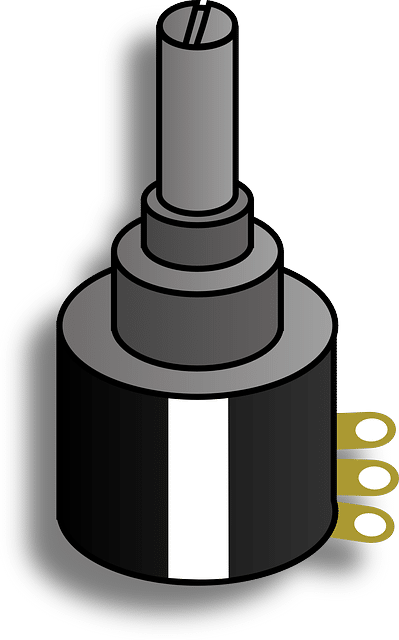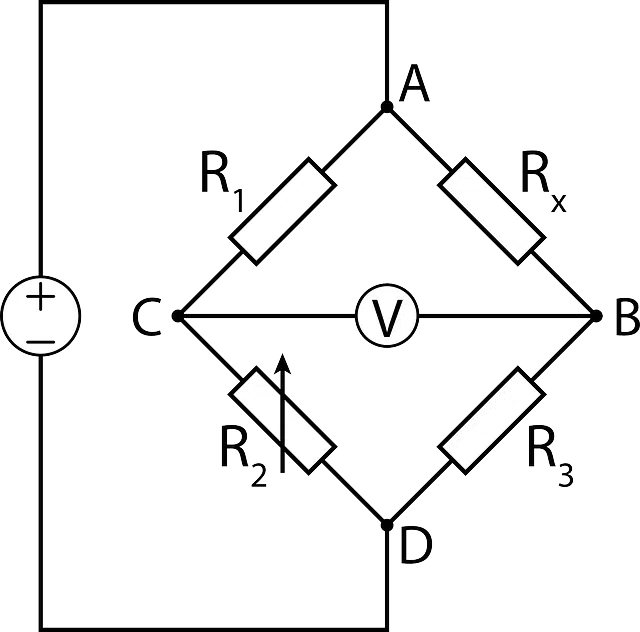
There are different types of rheostats.
A rheostat , also known as a rheostat , is the device in an electrical circuit that allows its resistance to be modified. Through the movement of a cursor or an axis, the rheostat can vary the current level.
In addition to everything stated so far about rheostats, it is necessary to know that basically two types can be found, based on the design they have:
-Sliding rheostats , which are identified because they have a lever that moves up and down, being responsible for sliding the relevant contact.
-The rotation rheostats , which, thanks to a knob, see how the contact slides in a spiral shape.
Rheostat and potentiometer
It is possible to associate the rheostat with other elements of an electrical circuit. It is often compared to a potentiometer , although its characteristics are different: the potentiometer divides the voltage , while the rheostat has a variable resistance. It can also be said that the rheostat is a type of resistor that is used to alter the current level.
That is, potentiometers are only used in circuits with little current, because they do not have the capacity to dissipate a large amount of power, while rheostats are used in circuits that have a larger size and more current. . And these can carry out the dissipation of greater power.

The rheostat allows the resistance of an electrical circuit to be modified.
Its characteristics
The rheostats are connected to the circuit in series. It is important to know if its power and value are appropriate to handle the current that will flow through it. In general, rheostats have high resistance and can dissipate a lot of power.
The rheostat, in short, regulates the intensity of the current , controlling the energy that passes to the load. They are usually used in those processes that need to vary the resistance and control the intensity of the electric current, such as when a motor starts .
Most common uses of the rheostat
In many areas and for many things it is common to use rheostats. However, among the most unique, frequent or interesting jobs they have, these would stand out:
-In engines.
-In digital type controllers.
-In sound equipment.
-In switches that are responsible for dimming the lighting of a specific room.
-On guitars.
-In sewing machines.
A variable resistor
It can be said that the rheostat is a variable resistor that has two contacts. The resistance's mission is to resist the electrical flow: the greater the resistance, the slower the current will flow in the circuit.
The rheostat, by having the ability to decrease or increase the resistance, makes it possible to modify the level of current that flows through the electrical circuit. To accomplish their task, rheostats usually have carbon or another insulating element and a slider.
